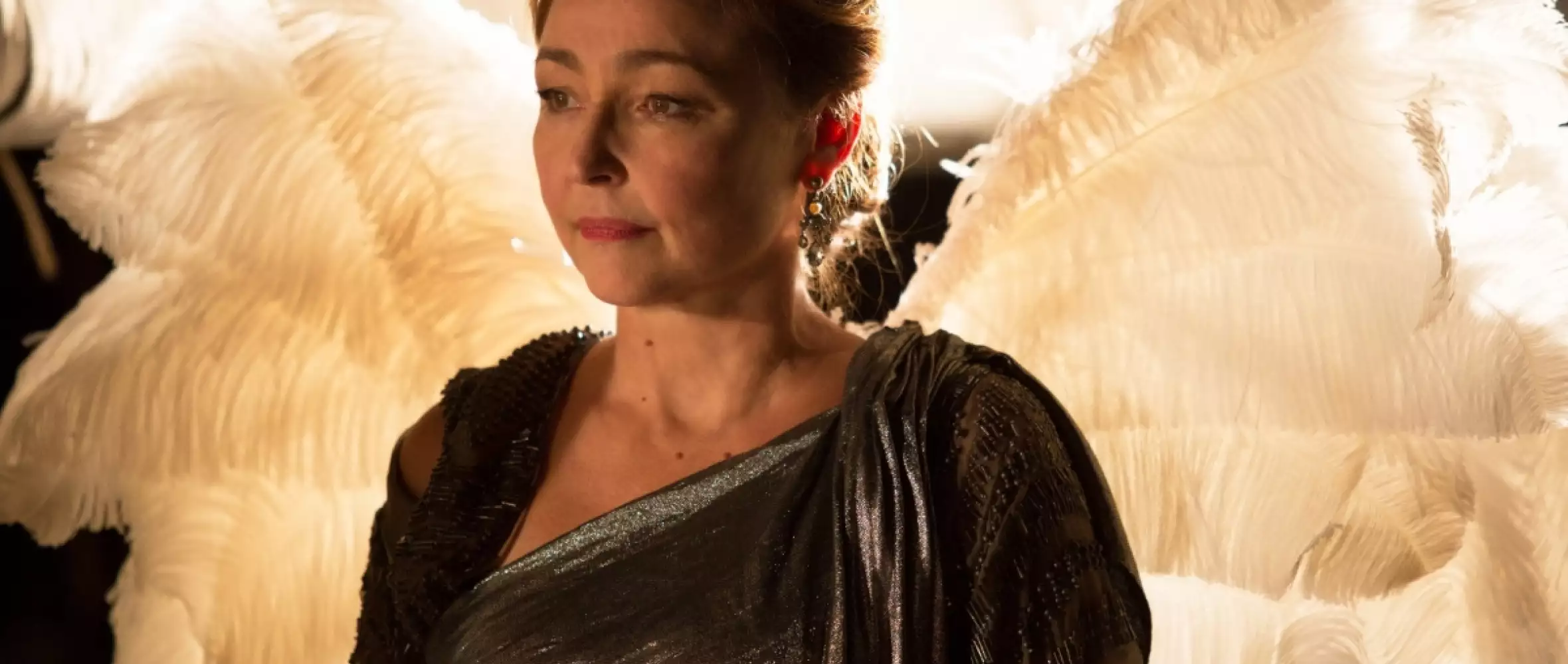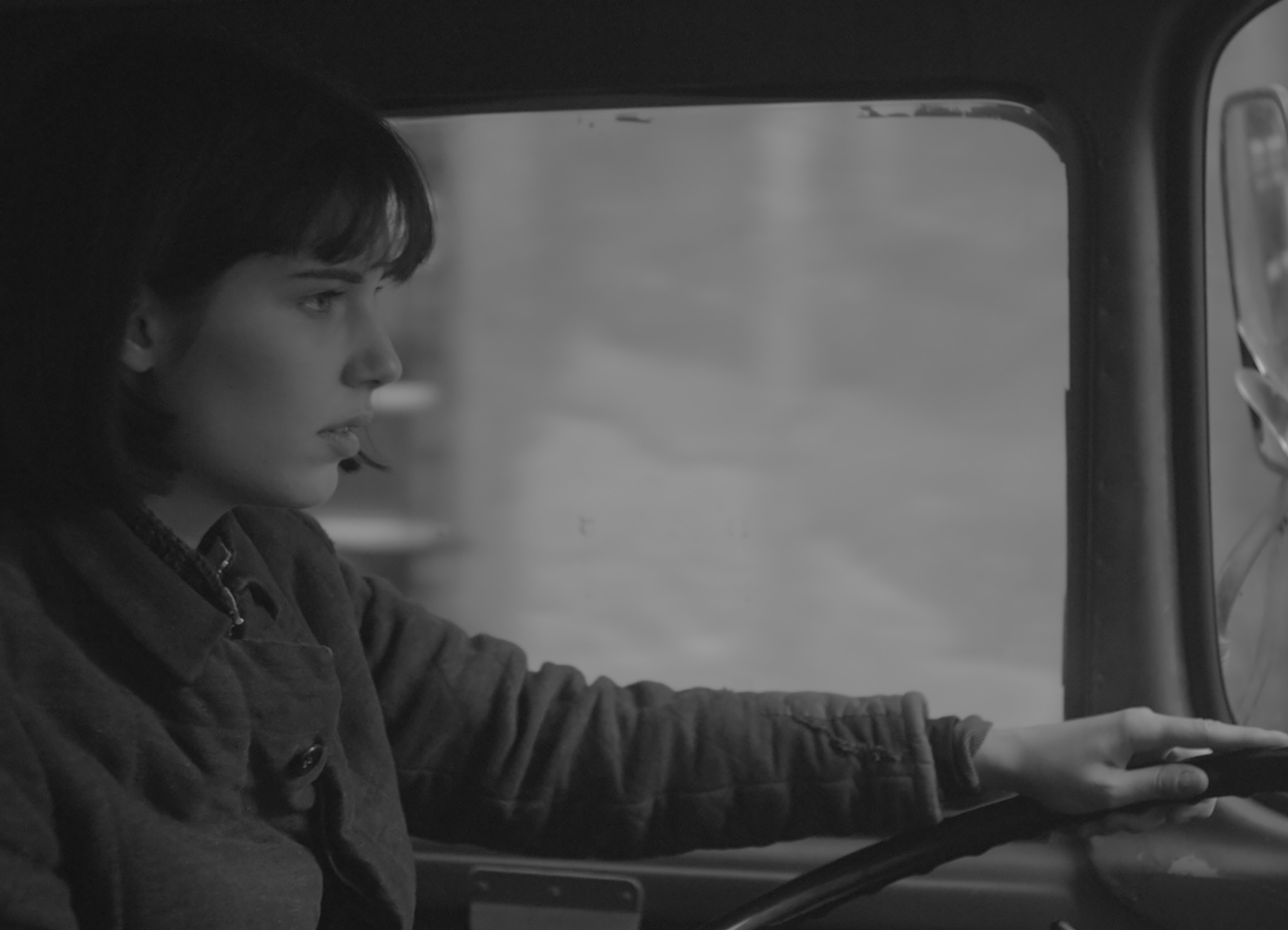
01 June 2016
The Czech/French Connection
The Czech/French Connection

Co-productions between the Czech and French film industries were formalised nearly half a century ago. In recent years, these two countries, as well as institutions at the European level, have provided incentives and financial support to bolster more intensive cooperation.
Article by André Crous for Czech Film Magazine / Summer 2016
There are multiple incentives for nations across Europe to work together on film productions, including the increasing likelihood of wider distribution and funds made available specifically to encourage transnational co-productions. As one of Europe’s two most prolific producers of motion pictures (along with the United Kingdom), France has demonstrated a tremendous readiness to collaborate with countries, especially its European siblings, on feature film productions in particular. In fact, around half of the country’s annual film output comprises international co-productions. In the past few years, the Czech film industry has benefitted greatly from its cooperation with the land of the Lumières, which has resulted in some of its most acclaimed films being Czech-French co-productions. Examples include I, Olga Hepnarová, by Petr Kazda and Tomáš Weinreb, which premiered at the most recent Berlinale; Petr Vaclav’s The Way Out, winner of seven Czech Lions at the annual national film awards in 2015; Olmo Omerzu’s Family Film, a pan-European production that was part of the New Directors section at last year’s San Sebastian International Film Festival; and Michaela Pavlátová’s erotic animated short film Tram, which screened in the Directors’ Fortnight sidebar in Cannes in 2012 and won the top prize for shorts at the Annecy film festival in the same year.

The co-production partnership between the French and Czech film industries is one of the oldest in Europe and stretches back nearly half a century. Signed in 1968 between France and then-Czechoslovakia, the agreement remained in force after the dissolution of the latter in 1993, when it split up into the independent nations of the Czech Republic and Slovakia. Among other stipulations, the agreement requires that each of the two signatory countries contribute between 30% and 70% in the form of technical and artistic support.
In the Czech Republic, the State Cinematography Fund’s incentives scheme, which has been in effect since 2010, offers filmmakers grants and tax rebates for producing their films in the country, which makes it possible for the producers to recoup up to 20 percent of their expenses. Since its inception, the Fund has contributed to around 150 feature film and television projects, most notably with an incentive of nearly 200 million CZK (7.3 million EUR) allotted to the successful 38-episode production of Borgia, a Czech-French-German-Italian television series shot at Prague’s Barrandov Studio that attracted filmmaking talent from all across the continent.
Among the best-known figures in the world of Czech-French co-production is decorated Czech-born director Petr Václav, who has been based in Paris for almost 15 years. All of his films dating back to his 1996 début feature, Marian, have been co-produced between France and the Czech Republic. According to producer Jan Macola, whose Mimesis Film production company has worked with Václav on four different projects since 2012, “there are two main reasons for co-production”: The one is funding, and the other has to with artistic considerations. “It is difficult to finance the films that we make entirely with Czech resources. We have a small budget, but even for our needs, the financing from the film fund is insufficient, and that is why we need international financing. France is an obvious choice. And since Petr has been living in Paris, we prefer to edit in France, where we cooperate with [French editor] Florent Mangeot, who is a friend and a great editor, and who gives Petr’s films a different feel.”

For Macola, because of the kind of films that Václav makes, these two reasons – money and art – are among the most important elements in the production. When asked whether there is any calculation during the development process to produce a film that would be palatable to both Czech and French audiences, he points to Václav’s experience living in France for an extended period of time to argue that the director knows both markets very well.
He goes on to emphasise the production team’s common desire to travel where the story takes them instead of squeezing it into artificial moulds, also known as making “Europudding”, which happens frequently when films incorporate the disparate locations of their European co-production partners. For him, the decision to shoot in different countries should stem from the requirements (“the natural setup”, in his words) of the story and not simply be a transparently opportunistic ploy to showcase the scenery of the co-production partners’ native lands. France has been a generous partner to the Czech film industry, whose directors and producers, particularly those involved in less commercial ventures, praise the country’s receptiveness to their ideas. “The whole environment is much more cultivated, and arthouse cinema is not something weird or special”, adds Macola.
A noteworthy example of collaboration is Marguerite, a recent French-Czech-Belgian co-production. The film was shot entirely in the Czech Republic, and the production drew on the talents of the crew members from all three countries involved in the partnership. It premiered at the Venice Film Festival in 2015, and the Czech production designer, Martin Kurel, ended up winning his country’s first-ever César Award.

Artemio Benki, who hails from France but has been living and working in Prague for more than two decades, executive produced the film in the Czech Republic. He is very optimistic about the growth he has seen in the local film industry during his time in the country, and particularly with regard to directors’ perspectives beyond their own borders. “Until now, most of the co-productions in the country were between the Czech Republic and Slovakia”, he explains. “It’s a financial thing. It doesn’t really add production value. But this has now started to change, thanks to the State Cinematography Fund and also the new generation - new producers and new directors who are starting to think a little wider than the Czech Republic. They know the end of the world is not in Rozvadov [a Czech town on the border with Germany]!” With respect to funding, he also lauds the range of grants available in France. “If you don’t get one grant, you can go to another place where there is another grant”, he says, corroborating Macola’s description of the French financing system as a supporter of cinema, including projects that are “auteur-driven”.
France’s widespread backing of film ventures has not only led to an impressive number of productions inside the country (300 in 2015) but also to fruitful collaborations with other countries, including more than 140 transnational co-productions. Over the past few years, this interest in international partnerships has dovetailed with the low production costs in the Czech Republic to yield numerous notable films and television productions.




